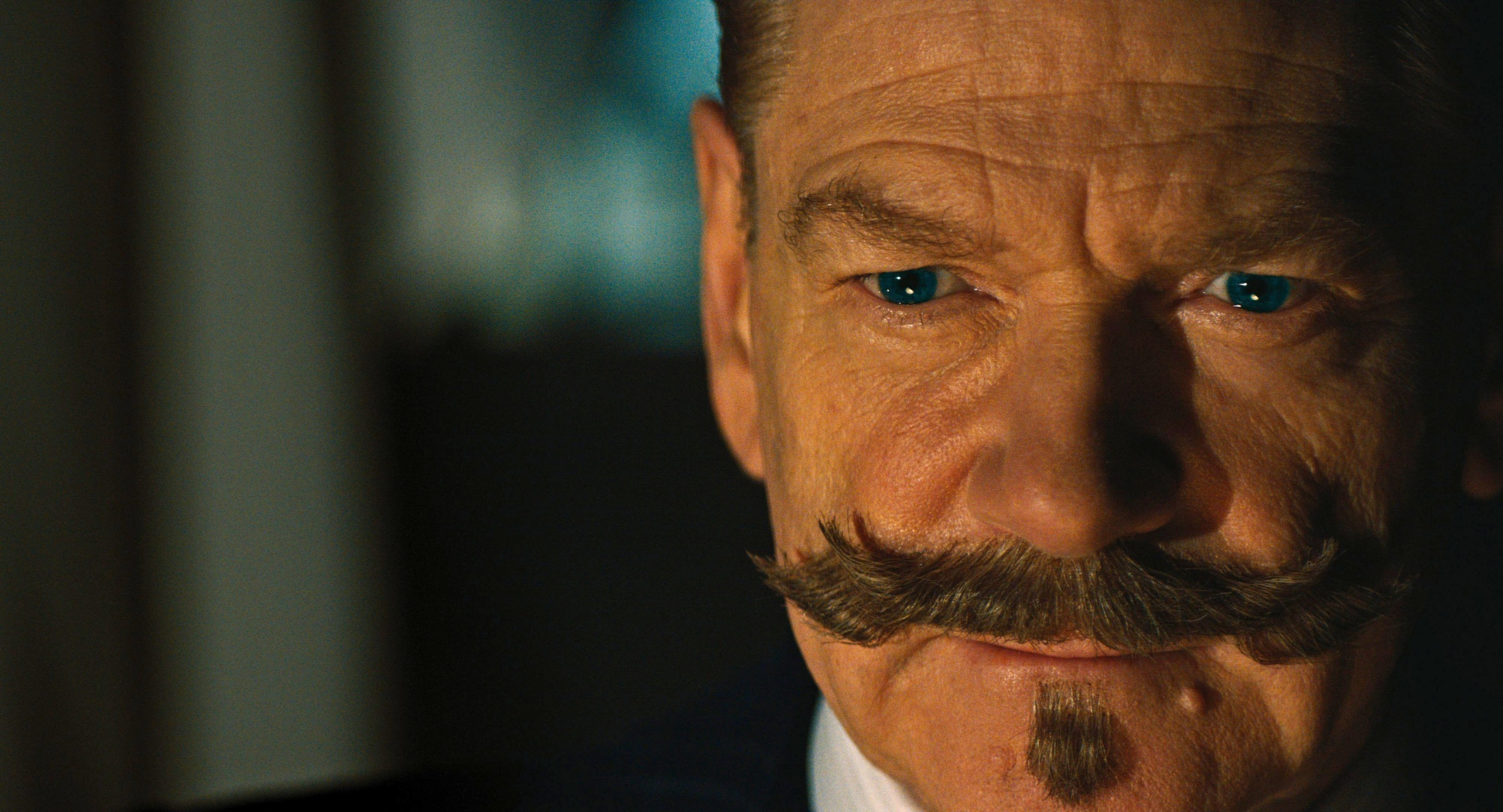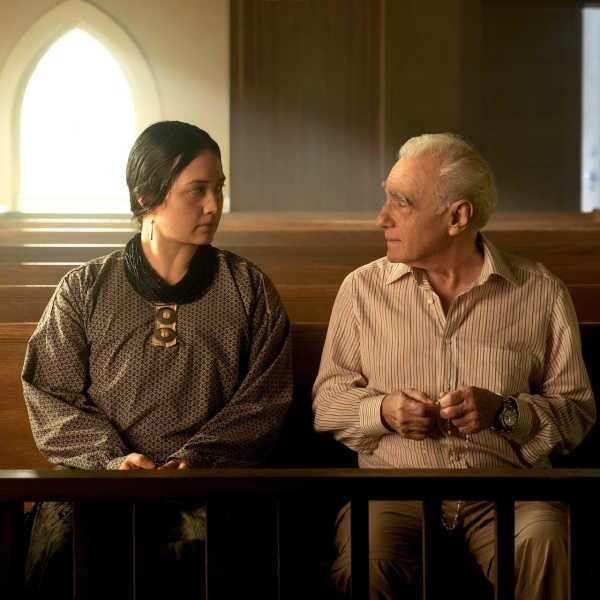The whodunnit genre has been on a hell of a run since “Knives Out” hit theaters in 2019. Rian Johnson’s witty, socially conscious murder mystery became an electrifying cultural phenomenon — and reminded a cinematic universe-loving Hollywood that a repeatable formula involving rotating ensemble casts and picturesque settings could be great for business. But America’s fascination with the twisty adventures of Benoit Blanc makes it easy to forget that there’s been another studio-backed whodunnit franchise at the multiplexes for the past half-decade.
Kenneth Branagh‘s Hercule Poirot series — which began with 2017’s “Murder on the Orient Express” and continued with last year’s superior “Death on the Nile” — has emerged as a straightforward alternative for mystery purists turned off by the flashiness of the “Knives Out” films. While Johnson keeps reminding us that murder mysteries are living, breathing entities that can push narrative boundaries and make us laugh and think (while occasionally being too online for their own good), Branagh’s faithful adaptations of Agatha Christie classics function as a control group making the case that the genre was doing just fine for the past century. Having both franchises running at the same time has benefitted both old and new mystery fans — the world gets to observe Christie’s ongoing influence on pop culture while revisiting her best works.
Branagh launched his series with Christie’s most obvious starting points, kicking things off with her best-selling “Orient Express” before adapting her beloved “Death on the Nile” (which came with a campy hook about a cruise ship carrying enough champagne to fill the eponymous river). But while Christie’s massive bibliography contains enough quality mysteries to fill several lifetimes of filmmaking, there wasn’t a third novel with comparable obvious name recognition. So Branagh got creative for his third film, taking Christie’s Gothic-tinged mystery “Hallowe’en Party” and moving the setting from England to Italy to make “A Haunting in Venice.”
A lot has changed since Poirot solved his last mystery on the Nile. The world’s greatest detective has quit the game entirely, retiring to Venice for a quiet life that includes little contact with anyone but the pastry deliveryman. He’s constantly bombarded with requests to take on new cases, but a lifetime of observing the brutality that humans are capable of has left him jaded and misanthropic.
Without the intellectual stimulation of solving crimes, he has to find other ways to keep his brain sharp. When his old friend Ariadne Oliver (Tina Fey), a mystery novelist whose knack for puzzles rivals his own, invites him to a Halloween party to help her expose a grifting psychic, he soon finds himself attending a post-soiree seance at a Gothic manor that has been the site of unimaginable tragedies. The party’s hosts have spent years grieving the suicide of their young daughter, who fell to her death from one of the tower’s highest windows. The unexpected death tore the extended family apart, prompting brutal divorces and crippling mental health problems for her father.
It’s unsurprising that the parents have taken comfort in “communicating” with their late daughter through the psychic communications of alleged medium Joyce Reynolds (a predictably stylish Michelle Yeoh). But it doesn’t take long for Poirot to spot an assistant hiding in the chimney and expose her act as a fraud. The aging detective takes the opportunity to soliloquize about his distaste for psychics who prey on vulnerable people for money and state his disbelief in supernatural events.
If the night had ended there, Poirot could have simply returned to his serene retirement. But when he sneaks away to practice his bobbing for apples skills, an unidentified assailant attacks him from behind and nearly kills him. With his own safety in mind, Poirot locks down the premises and sets out to find the would-be killer in the room — but his night of methodical questioning soon becomes derailed by ghostly occurrences that call his unshakeable belief in science and reason into question.
On paper, “A Haunting in Venice” has all the components of a great whodunnit. A star-studded cast solving a Gothic mystery in one of Europe’s most beautiful cities should be enough to entice any Christie devotee. But no amount of star power can compensate for the fact that no one seems to be having any fun. Yeoh makes a commendable effort to craft a three-dimensional femme fatale, but the rest of the cast seems content to put on a melodrama with all the excitement of a jigsaw puzzle called “The Wheat Field.”
Despite the franchises’ obvious differences, it’s getting harder and harder to ignore the shadow that the “Knives Out” movies cast over Branagh’s self-described “Christie-verse.” While you certainly can’t hate a movie for differing from an unrelated director’s vision, stuffy adaptations like “A Haunting in Venice” seem even stuffier when Johnson is constantly reminding us how much of the genre’s uncharted territory is waiting to be explored.
The biggest selling point for Branagh’s Poirot movies has always been his clear passion for the source material and willingness to let Christie’s thrilling stories to stand on their own. But his slick Hollywood adaptations keep getting stuck in a purgatory that offers neither the excitement of the “Knives Out” movies nor the dry English charm of the original BBC Hercule Poirot specials. Perhaps the public service aspect of briefly returning some of Christie’s best works to the zeitgeist (and hopefully pointing some new readers towards her vast library) is sufficient justification for the series’ mediocrity. But if Branagh thinks he’s making a significant contribution to her cinematic legacy, it might be time to mercifully euthanize the franchise with an adaptation of “Curtain: Poirot’s Last Case.”
Grade: B-
“A Haunting in Venice” opens in theaters on Friday, September 15.




